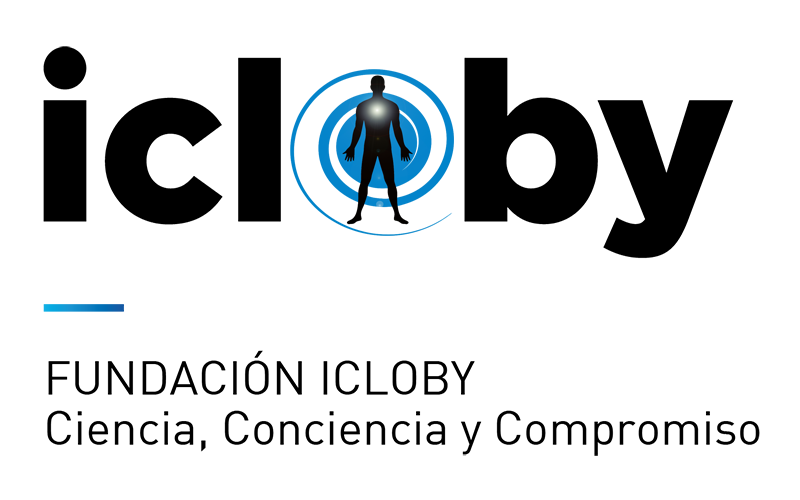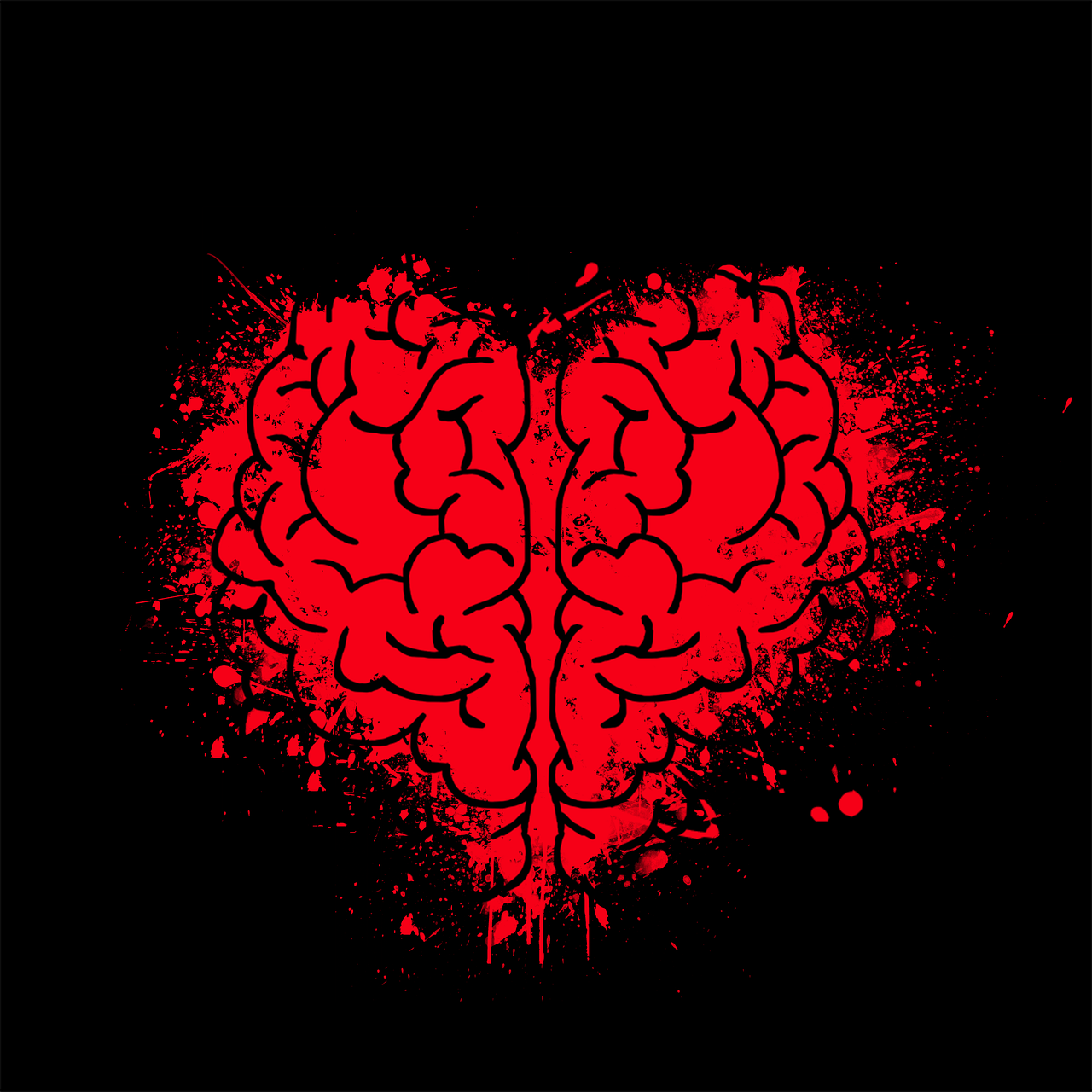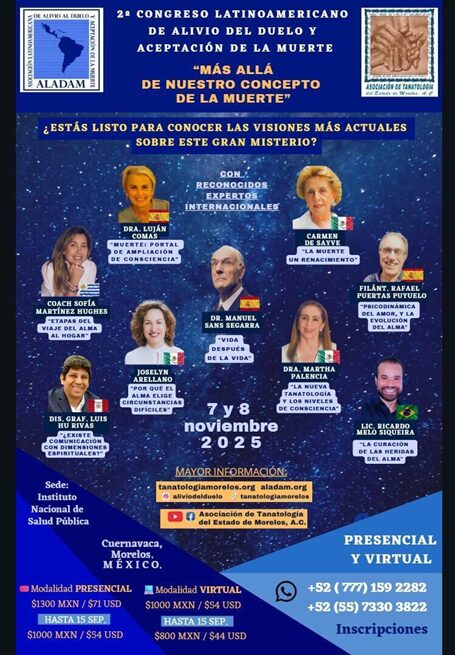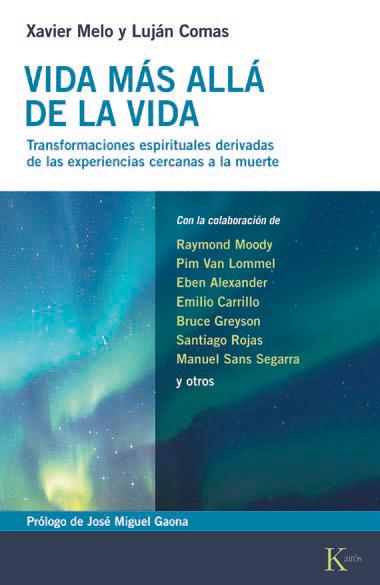في المقدمة, يقدم المؤلف رؤى مقنعة حول كيفية خلاق المجتمع العلمي في كثير من الأحيان مع الإيمان بالحياة الآخرة. يجادل بأنه يمكن للمرء أن يعترف بالحياة بعد الموت ليس كمسألة إيمان ولكن كاعتراف بالظواهر المرصودة.
يوفر Taylor أولاً مراجعة مدعومة جيدًا لكيفية أن تكون العلاقة بين الدماغ أكثر تعقيدًا من علم الأعصاب عادةً. في حين أن هناك ارتباطات عرضية بين النشاط الواعي وقراءات EEG المقابلة, لا يزال من الممكن أن يكون الوعي حاضرًا بدون اكتشاف EEG, ويمكن أن يحدث نشاط EEG دون وعي.
بالإضافة إلى ذلك, يقدم المؤلف حالات موثقة جيدًا للأفراد الذين يحتفظون بالوظيفة المعرفية الطبيعية على الرغم من وجود الحد الأدنى من كتلة الدماغ.
ثانيًا, النقاش تتدفق إلى تجارب بالقرب من الموت (تجارب الاقتراب من الموت). أبعد من مجرد شرح ما هم عليه, يقدم المؤلف قضية التحقق الرائعة التي لم يرد ذكرها سابقًا في المخزونات المكثفة من قبل باحثين مثل Holden أو Rivas. هذه القضية تنطوي على جون, زميل تايلور, من, بعد الخضوع لعملية جراحية لزرع الأعضاء, كان قادرًا على استدعاء سماع الموسيقى الكلاسيكية في غرفة العمليات - على الرغم من وجود تخدير عام.
التالي, يستكشف المقال رؤى فراش الموت. على عكس الهلوسة الناجمة عن الخرف أو الأدوية, هذه التجارب تظهر خصائص فريدة, مثل التواصل الظاهر مع الأقارب المتوفين أو يحدث قبل وقت قصير من وفاة الفرد. حتى أن بعض الحالات تنطوي على الشخص الذي يموت يكتسب المعرفة - مثل الوفاة الأخيرة لأحد أفراد أسرته - دون إشعار مسبق.
ثالثا, عناوين تايلور تصور الحواس (esp) في الأفراد الأحياء, مثل التخاطر, كتفسير بديل للوعي الباقين على قيد الحياة. لكن, يرفض هذا الاحتمال, بحجة أن تجارب فراش الموت تتجاوز ما تم توضيحه في تجارب ESP المختبرية وأن أولئك الذين يبلغون عن هذه الرؤى لم يظهروا مثل هذه القدرات من قبل.
ثم يناقش المقال التواصل بعد الوفاة, بما في ذلك ظهورات الأزمات (حيث يظهر الأفراد المتوفين خلال حالات الطوارئ) والحالات التي توفر فيها الظهورات معلومات غير معروفة مسبقًا ولكنها قابلة للتحقق
في القسم الرابع, تايلور يفحص وسيط. إنه يشير إلى حالة موثقة جيدًا حيث من المفترض أن تتصل وسيط بماجستير شطرنج متوفى, الذي لعب بعد ذلك مباراة ضد لاعب حي, إظهار خصائص المعرفة للسيد الراحل. تدعم الدراسات حول القدرات غير العادية للوسائط إمكانية التواصل مع الحياة الآخرة.
يسلط المقال أيضًا الضوء على التحكم دراسات Quintuple-More, مصمم للقضاء على التحيزات, التي أظهرت أدلة قابلة للتكرار على وسيط في ظل ظروف المختبر.
يستكشف الفصل الخامس التناسخ, موضوع رئيسي آخر في أبحاث الآخرة. عمل إيان ستيفنسون وحمايته جيم تاكر تم الاستشهاد به, توثيق حالات الأطفال الذين يتذكرون حياة الماضي بتفاصيل تم التحقق منها لاحقًا. يتم تضمين العديد من الحالات الغربية المعروفة أيضًا.
أخيراً, يناقش المقال التجارب الروحية كدليل محتمل على الحياة بعد الموت. غالبًا ما تقود هذه التجارب الأفراد إلى قبول الوفيات دون خوف, عش أقل مادية, واعتماد نظرة أكثر إيثارا.





